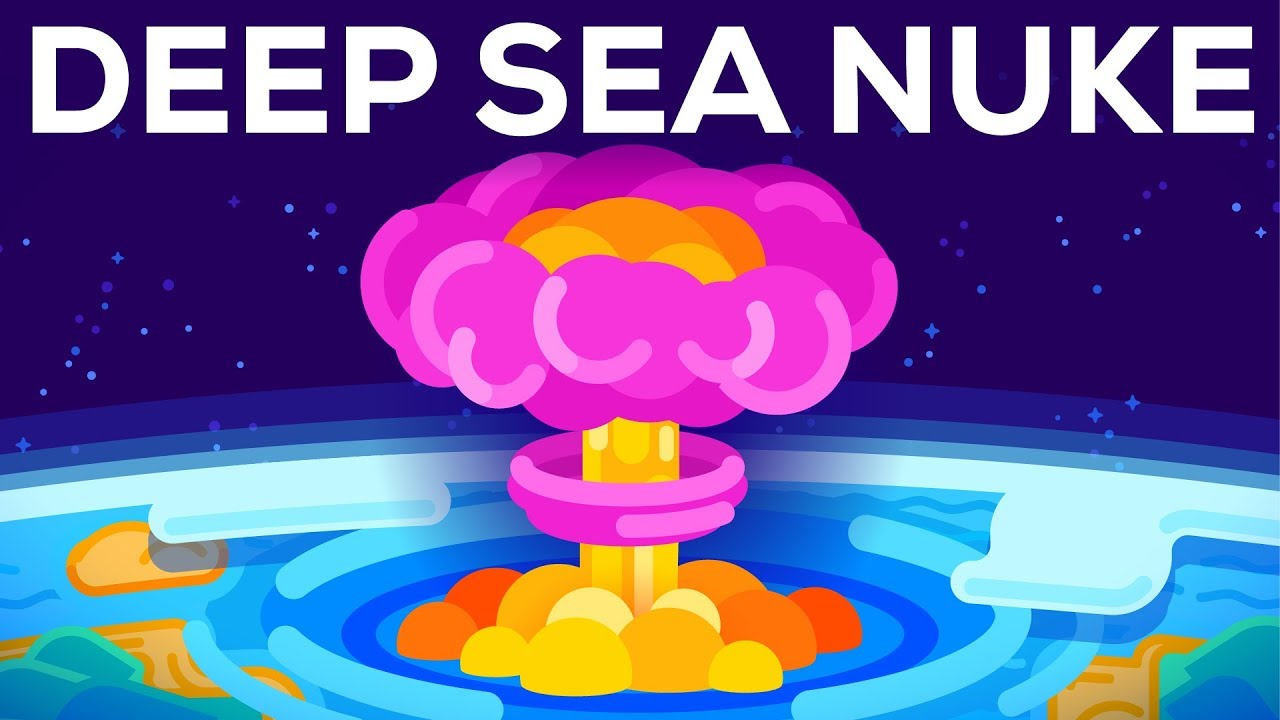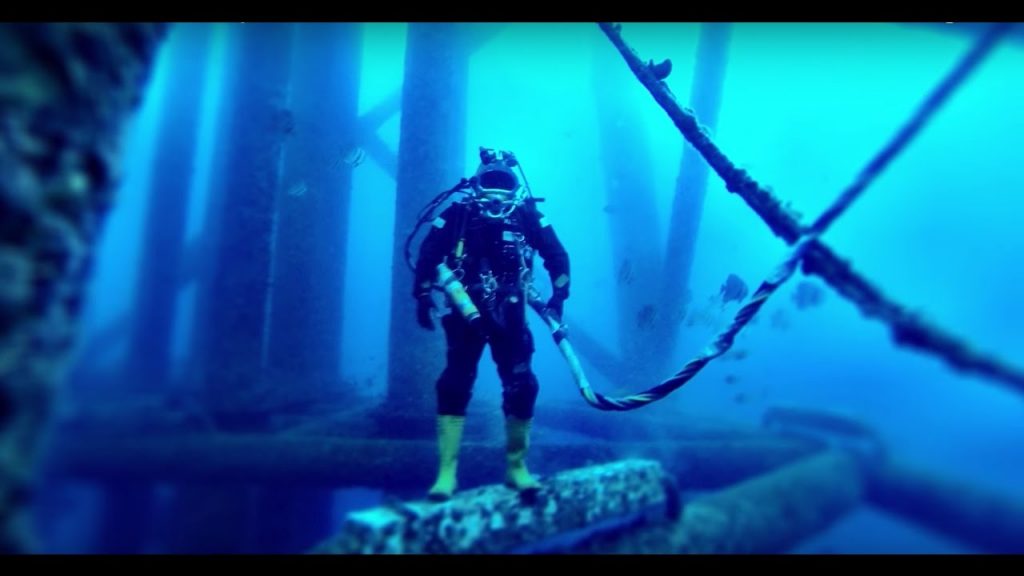What If A Nuclear Bomb Was Detonated In The Marianas Trench? (Science not Fantasy)

Did you ever wonder what happened if a nuclear bomb was detonated in the Marianas Trench?
No? Us neither! Watch the video to find out!
Disclaimer: This website is not responsible for, nor are we glorifying any of the possible scenarios stated in this video or this website post.
What is the Comprehensive Nuclear Test Ban Treaty, and why is it significant in preventing nuclear detonations in the ocean?
What If A Nuclear Bomb Was Detonated In The Marianas Trench? (Science not Fantasy)
The Marianas Trench is the deepest part of the ocean, reaching a depth of 36,070 feet (10,994 meters). It is a remote location, located in the western Pacific Ocean, and is renowned for its unique and diverse marine life. However, what if a nuclear bomb was detonated in this deep-sea location? Would the impact of the explosion reach the surface? What would be the environmental impact of such an event?
Firstly, the detonation of a nuclear bomb in the Marianas Trench is highly unlikely since most countries have signed the Comprehensive Nuclear Test Ban Treaty. However, to explore this hypothetical scenario from a scientific perspective, let us assume that a nuclear bomb with a yield of 50 megatons (three times more powerful than the most powerful nuclear weapon ever tested) was detonated at the bottom of the trench.
The pressure at the bottom of the Marianas Trench is immense, reaching around 16,000 pounds per square inch (psi). This means that the water column and the trench would be able to absorb most of the energy released from the explosion, and thus the damage to the surrounding area would be localized. The explosion would create a crater at the bottom of the trench and trigger a nuclear tsunami. The tsunami would travel through the water column and reach the surface. However, since the energy would be spread out over a vast area, the wave would be relatively small.
Another consequence of the explosion would be the formation of a huge gas bubble in the water. The sudden expansion of gas would create a shock wave that could potentially harm marine life. However, since the blast would occur at such a depth, most of the impact would be felt by deep-sea creatures that live near the bottom of the trench. The blast would not affect shallow-water marine life or human populations.
On the other hand, the explosion would cause other environmental problems. The nuclear bomb would release a significant amount of radioactive material into the water. This would contaminate the marine environment, and the radioactive particles could be carried by ocean currents and affect marine life in other areas of the ocean. The radioactivity could also enter the food chain and potentially impact human health.
In conclusion, the detonation of a nuclear bomb in the Marianas Trench would have a localized impact since most of the energy from the explosion would be absorbed by the water. However, the environmental consequences of the blast would be significant, and the release of radioactive material into the ocean could have far-reaching consequences for marine life and human health. It is important to note that this scenario is highly unlikely, and any use of nuclear weapons is a serious threat to global security and stability.









The Box Hop Airbnb Tour! | Shipping Container Home!
how to put together an outfit 101
Make Soda Bottle String (Cool Survival Hack) | How To Make Rope From Plastic Bottle
This Is The City Where Only Millionaires Live
World-class sinkholes attract divers to South Australian farms